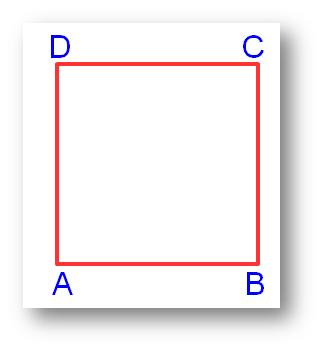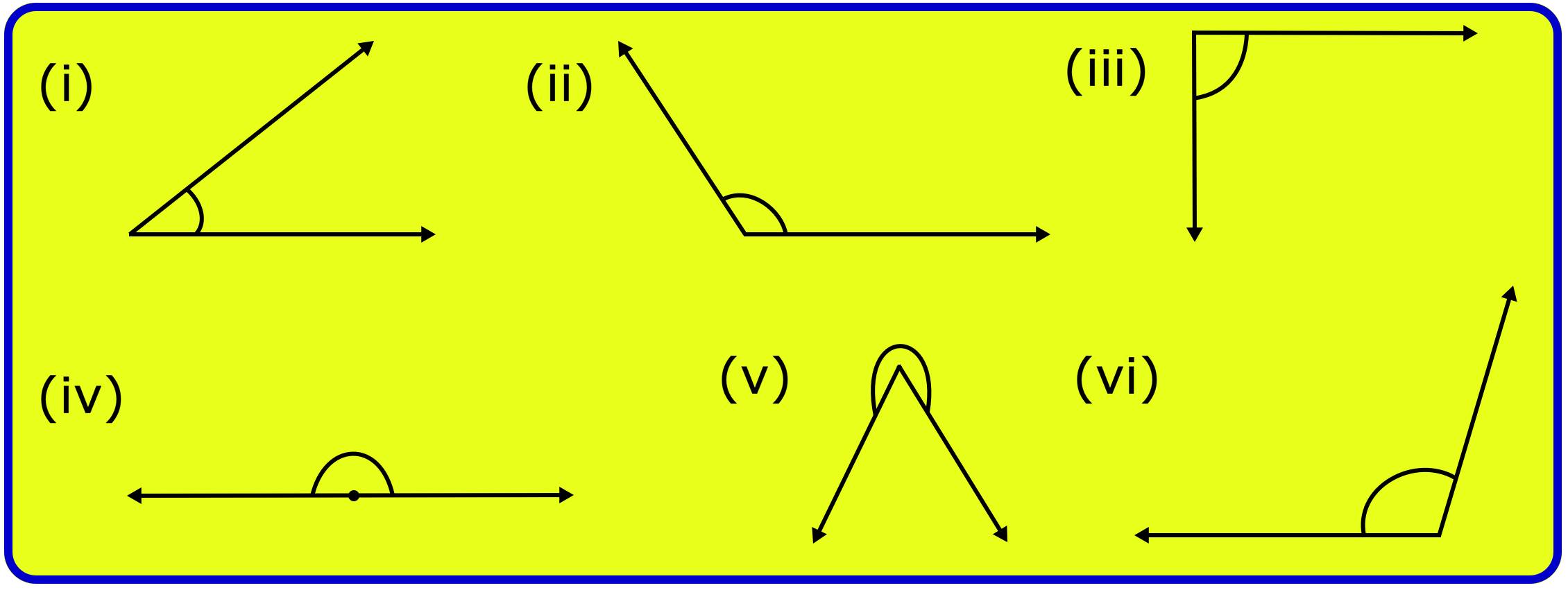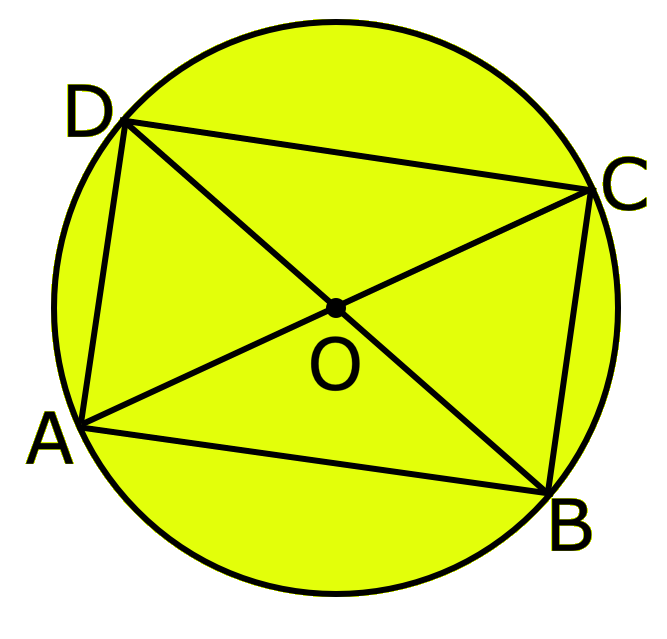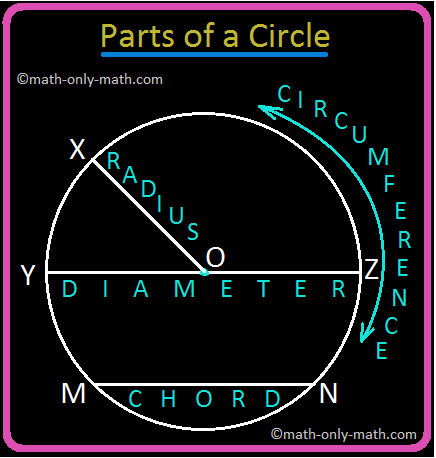Subscribe to our YouTube channel for the latest videos, updates, and tips.
Home | About Us | Contact Us | Privacy | Math Blog
Situations of Direct Variation
We will learn ‘what direct variation is’ and how to solve different types of problems on some situations of direct variation.
If two quantities are related in such a way that the increase in one quantity results in a corresponding increase in the other and vice versa, then such a variation is called a direct variation.
If the two quantities are in direct variation then we also say that they are proportional to each other.
Suppose, if the two quantities ‘x’ and ‘y’ are in direct variation, then the ratio of any two values of x is equal to the ratio of the corresponding values of y.
i.e., x1x2=y1y2
or, x1y1=x2y2
Some situations of direct variation:
● More articles, more money required to purchase
Less articles, less money required to purchase.
● More men at work, more work is done..
Less men at work, less work is done.
● More money borrowed, more interest is to be paid.
Less money borrowed, less interest to be paid.
● More speed, more distance covered in fixed time.
Less speed, less distance covered in fixed time.
● More working hours, more work will be done.
Less working hours, less work will be done.
Problems on different
situations of direct variation:
1. If 12 flowerpots cost $156, what do 28 flowerpots cost?
Solution:
This is the situation of direct variation as
More flowerpots, result in more cost.
Cost of 12 flowerpots = $ 156
Cost of 1 flowerpot = $ (156/12)
Cost of 28 flowerpots = $ (156/12 × 28) = $ 364
2. A motor bike travels 280 km in 40 liters of petrol. How much distance will it cover in 9 liters of petrol?
Solution:
This is the situation of direct variation.
Less quantity of petrol, less distance covered.
In 40 liters of petrol, distance covered = 280 km
In 1 liter of petrol, distance covered = 280/40 km
In 9 liters of petrol, distance covered = 280/40 × 9 km = 63 km
Situations of Direct Variation
Situations of Inverse Variation
Direct Variations Using Unitary Method
Direct Variations Using Method of Proportion
Inverse Variation Using Unitary Method
Inverse Variation Using Method of Proportion
Problems on Unitary Method using Direct Variation
Problems on Unitary Method Using Inverse Variation
Mixed Problems Using Unitary Method
7th Grade Math Problems
From Situations of Direct Variation to HOME PAGE
Didn't find what you were looking for? Or want to know more information about Math Only Math. Use this Google Search to find what you need.
Recent Articles
-
Quadrilaterals | Four Sided Polygon | Closed Figure | Adjoining Figure
Jul 14, 25 02:55 AM
Quadrilaterals are known as four sided polygon.What is a quadrilateral? A closed figure made of our line segments is called a quadrilateral. For example: -
Formation of Numbers | Smallest and Greatest Number| Number Formation
Jul 14, 25 01:53 AM
In formation of numbers we will learn the numbers having different numbers of digits. We know that: (i) Greatest number of one digit = 9, -
5th Grade Geometry Practice Test | Angle | Triangle | Circle |Free Ans
Jul 14, 25 01:53 AM
In 5th grade geometry practice test you will get different types of practice questions on lines, types of angle, triangles, properties of triangles, classification of triangles, construction of triang… -
5th Grade Circle Worksheet | Free Worksheet with Answer |Practice Math
Jul 11, 25 02:14 PM
In 5th Grade Circle Worksheet you will get different types of questions on parts of a circle, relation between radius and diameter, interior of a circle, exterior of a circle and construction of circl… -
Construction of a Circle | Working Rules | Step-by-step Explanation |
Jul 09, 25 01:29 AM
Construction of a Circle when the length of its Radius is given. Working Rules | Step I: Open the compass such that its pointer be put on initial point (i.e. O) of ruler / scale and the pencil-end be…
Worksheet on Direct Variation using Unitary Method
Worksheet on Direct variation using Method of Proportion
Worksheet on Word Problems on Unitary Method





New! Comments
Have your say about what you just read! Leave me a comment in the box below. Ask a Question or Answer a Question.